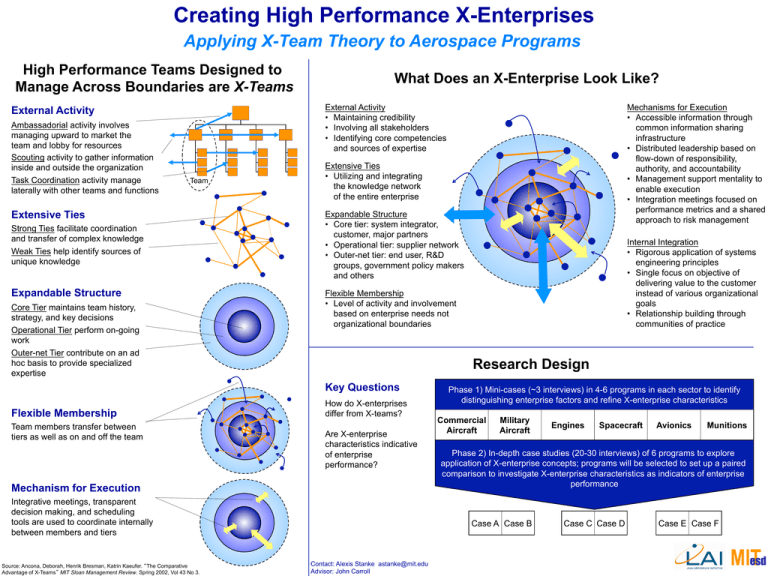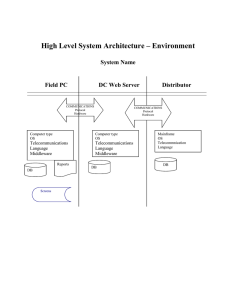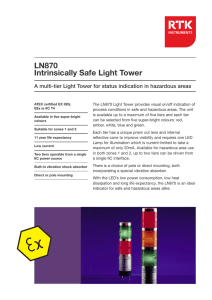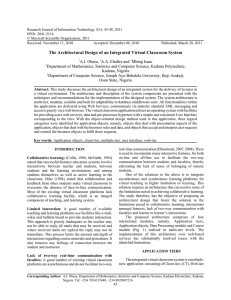Creating High Performance X-Enterprises Applying X-Team Theory to Aerospace Programs
advertisement

Creating High Performance X-Enterprises Applying X-Team Theory to Aerospace Programs High Performance Teams Designed to Manage Across Boundaries are X-Teams External Activity • Maintaining credibility • Involving all stakeholders • Identifying core competencies and sources of expertise External Activity Ambassadorial activity involves managing upward to market the team and lobby for resources Scouting activity to gather information inside and outside the organization Task Coordination activity manage laterally with other teams and functions What Does an X-Enterprise Look Like? Team Extensive Ties Strong Ties facilitate coordination and transfer of complex knowledge Weak Ties help identify sources of unique knowledge Expandable Structure Core Tier maintains team history, strategy, and key decisions Operational Tier perform on-going work Outer-net Tier contribute on an ad hoc basis to provide specialized expertise Extensive Ties • Utilizing and integrating the knowledge network of the entire enterprise Expandable Structure • Core tier: system integrator, customer, major partners • Operational tier: supplier network • Outer-net tier: end user, R&D groups, government policy makers and others Team members transfer between tiers as well as on and off the team Research Design How do X-enterprises differ from X-teams? Are X-enterprise characteristics indicative of enterprise performance? Mechanism for Execution Integrative meetings, transparent decision making, and scheduling tools are used to coordinate internally between members and tiers Source: Ancona, Deborah, Henrik Bresman, Katrin Kaeufer. “The Comparative Advantage of X-Teams” MIT Sloan Management Review. Spring 2002, Vol 43 No 3. Internal Integration • Rigorous application of systems engineering principles • Single focus on objective of delivering value to the customer instead of various organizational goals • Relationship building through communities of practice Flexible Membership • Level of activity and involvement based on enterprise needs not organizational boundaries Key Questions Flexible Membership Mechanisms for Execution • Accessible information through common information sharing infrastructure • Distributed leadership based on flow-down of responsibility, authority, and accountability • Management support mentality to enable execution • Integration meetings focused on performance metrics and a shared approach to risk management Phase 1) Mini-cases (~3 interviews) in 4-6 programs in each sector to identify distinguishing enterprise factors and refine X-enterprise characteristics Commercial Aircraft Military Aircraft Spacecraft Avionics Munitions Phase 2) In-depth case studies (20-30 interviews) of 6 programs to explore application of X-enterprise concepts; programs will be selected to set up a paired comparison to investigate X-enterprise characteristics as indicators of enterprise performance Case A Case B Contact: Alexis Stanke astanke@mit.edu Advisor: John Carroll Engines Case C Case D Case E Case F











